FEA 299 Media Aesthetics Class Final Exam
0.0(0)
0.0(0)
New
Card Sorting
1/51
Earn XP
Study Analytics
Name | Mastery | Learn | Test | Matching | Spaced |
|---|
No study sessions yet.
52 Terms
1
New cards
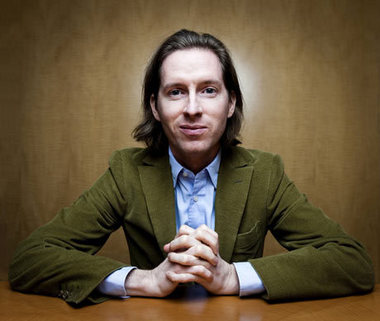
Wes Anderson's Authorship
distinctive visual and narrative styles, and he is regarded by some critics as a modern-day example of the auteur
2
New cards
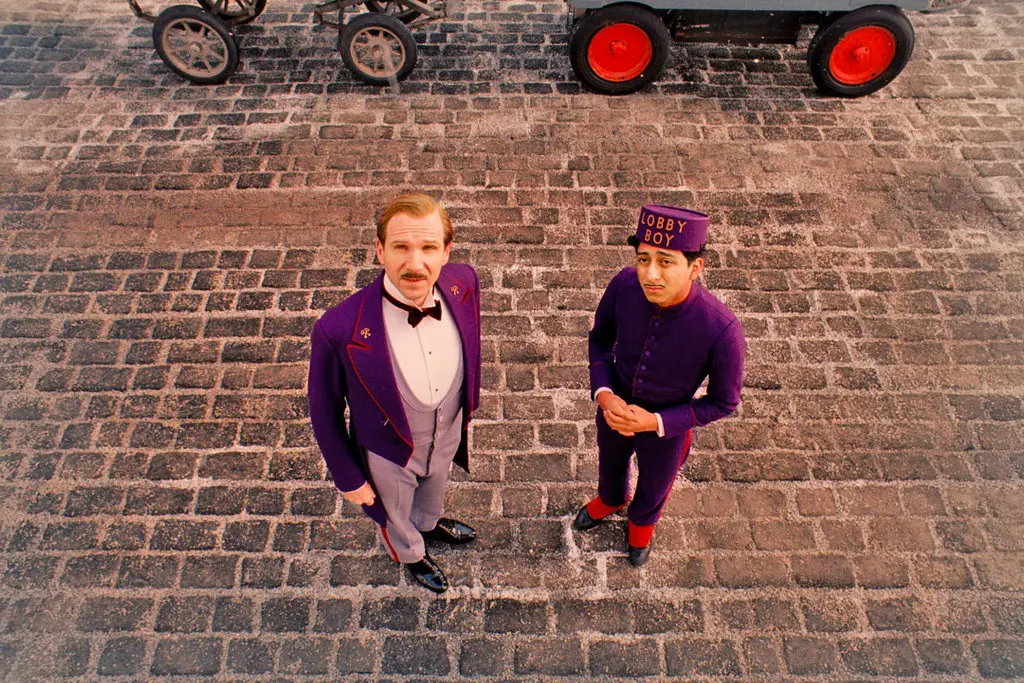
Wes Anderson - Narrative Qualities
* rustic charm
* character idiosyncrasies, organization skills
* excessive detail
* character idiosyncrasies, organization skills
* excessive detail
3
New cards
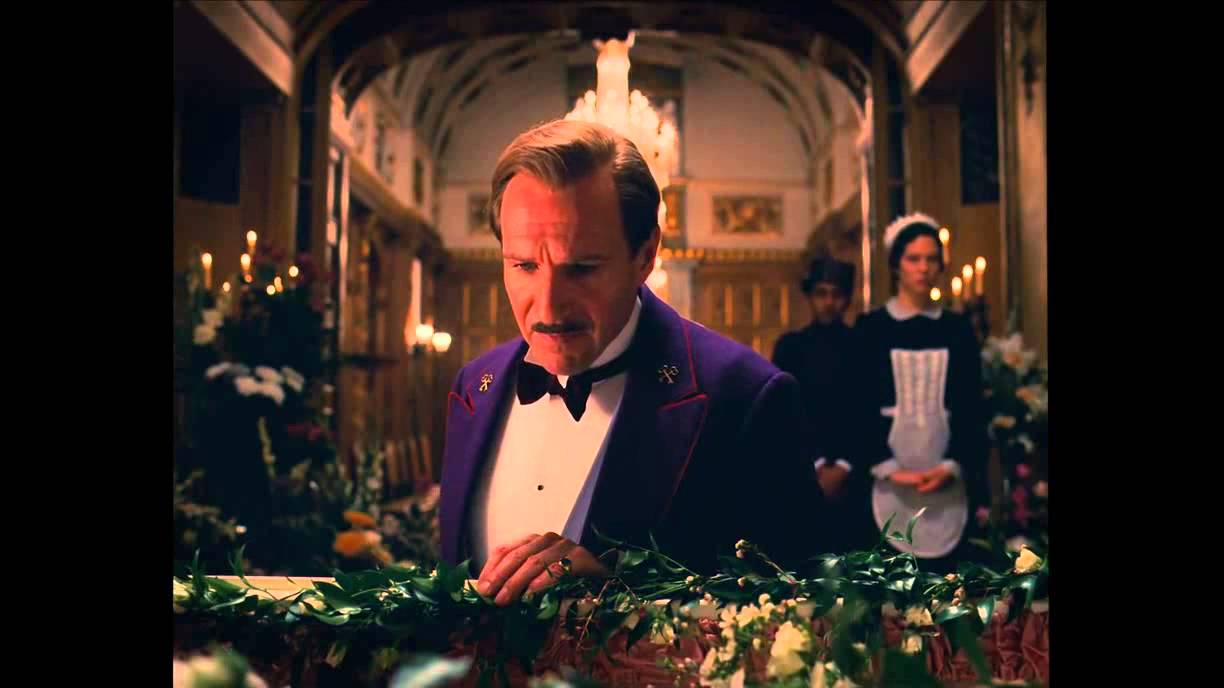
Blend of Detached Amusement and Sincerity (The Grand Budapest Hotel)
* saying goodbye to the old lady (at the hotel and at her casket)
* Zero and Gustave reuniting after he escapes prison
* Kovac (Jeff Goldblum) being murdered by Jopling (Willem Dafoe)
* Zero and Gustave reuniting after he escapes prison
* Kovac (Jeff Goldblum) being murdered by Jopling (Willem Dafoe)
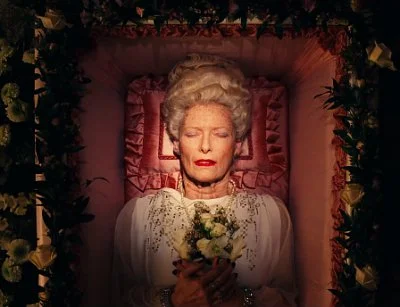
4
New cards
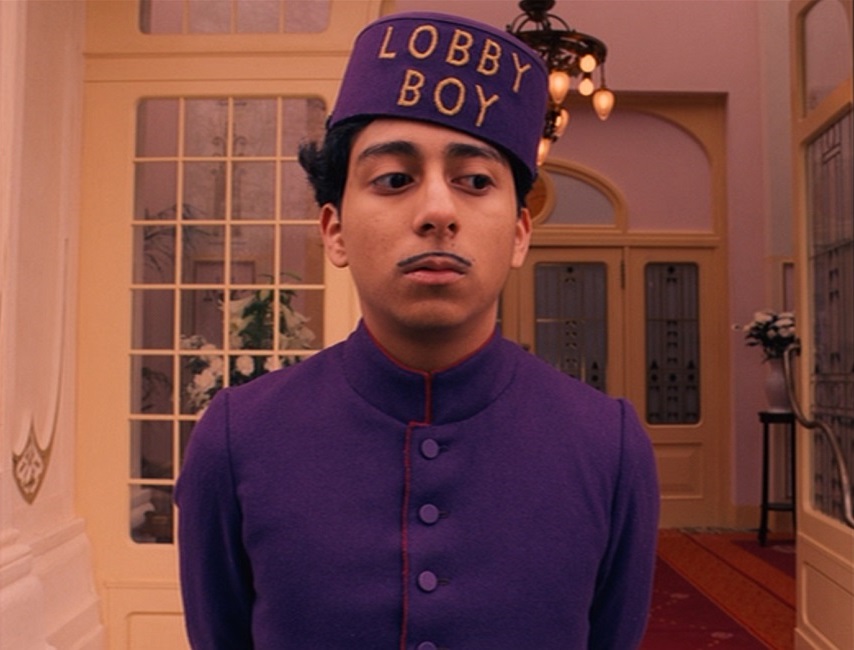
Stylistic Qualities (Grand Budapest Hotel - Wes Anderson)
* mannered, deadpan performances
* colorful mise-en-scene
* references to other films
* careful pop music selections
* colorful mise-en-scene
* references to other films
* careful pop music selections
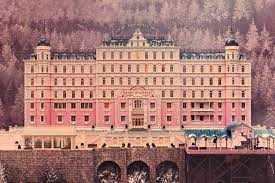
5
New cards
Precise Mise-en-Scene (Grand Budapest Hotel)
Track changes in the hotel
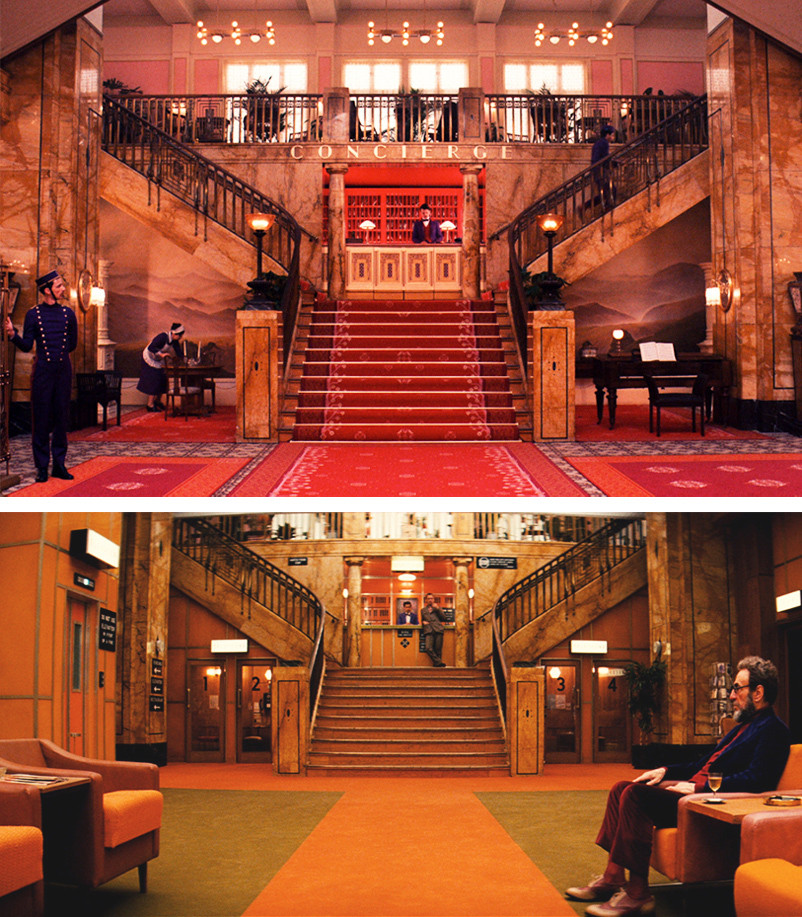
6
New cards
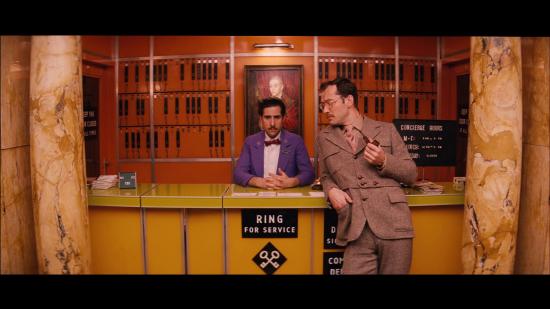
Planimetric Framing (Grand Budapest Hotel)
Placing the camera perpendicular to the action
* creates many right angles, flat planes
* character conversation
* can make edges of the frame humorous
* creates many right angles, flat planes
* character conversation
* can make edges of the frame humorous
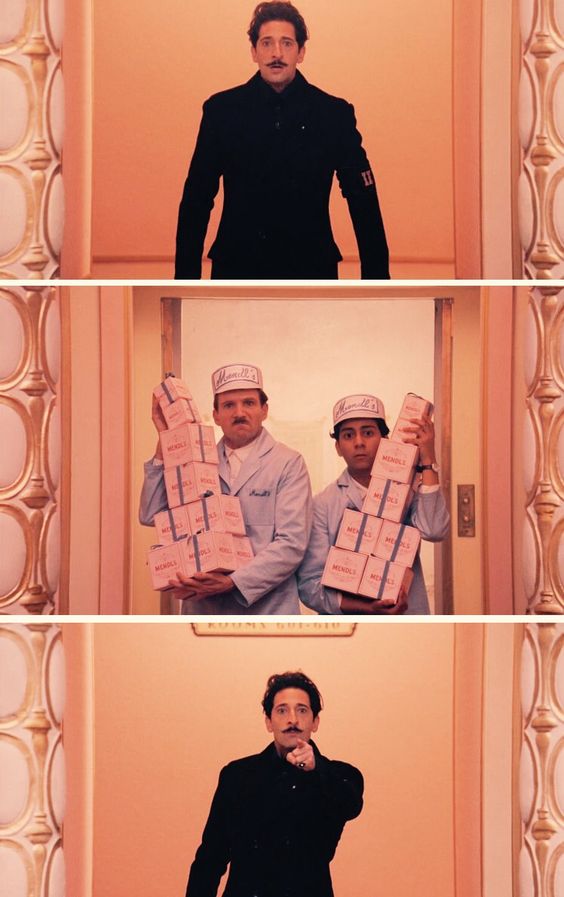
7
New cards
Lateral Tracking Shots
* reinforce planimetric framing
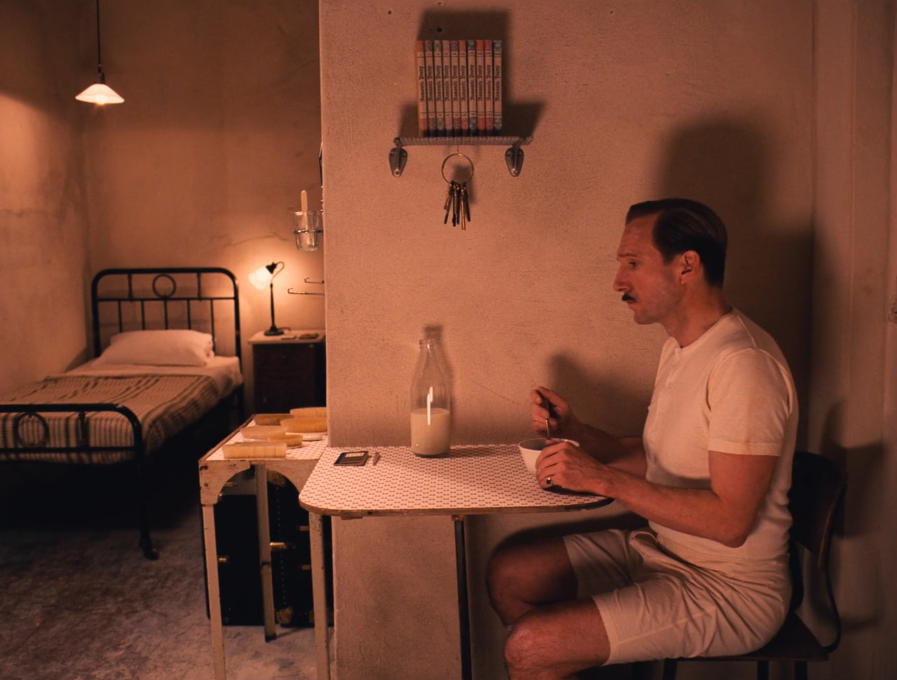
8
New cards
90/180 Pans/Tilts (Grand Budapest Hotel)
* reveal new portion of the space
* surprises
* humor
* surprises
* humor
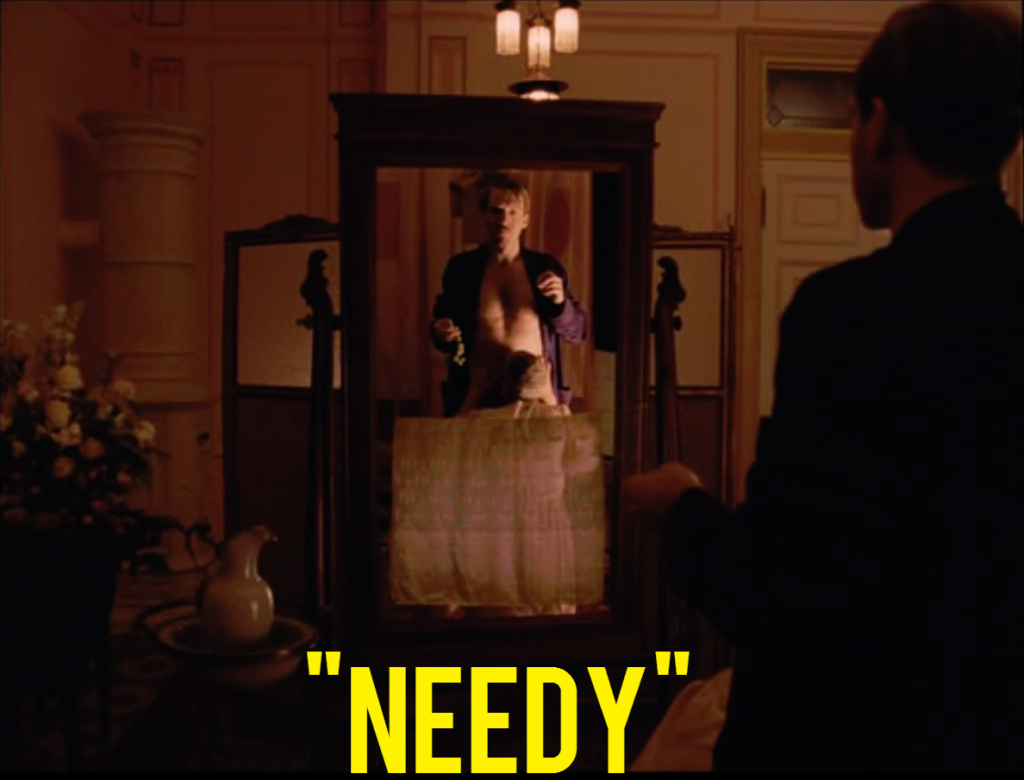
9
New cards
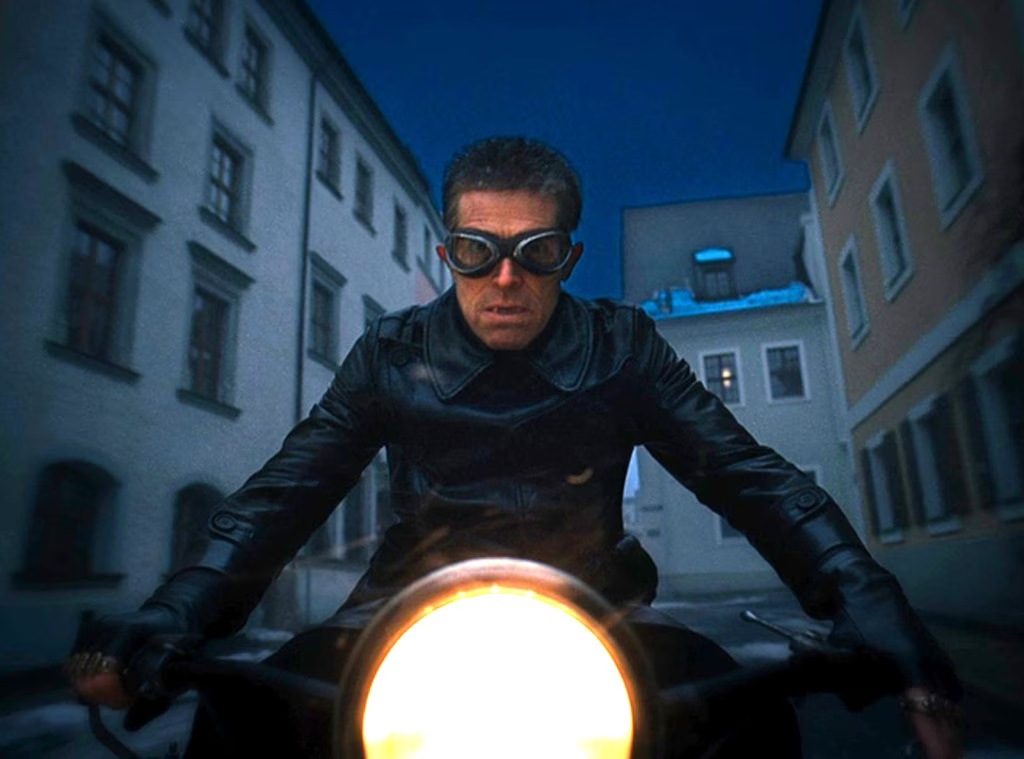
Balanced VS Unbalanced Images (Grand Budapest Hotel)
* compositions are usually balanced, symmetrical
* balanced achieved through right/left symmetry
* sometimes, balanced framing depicts disturbing stuff (fingers cuts off)
* unbalanced framing to indicate character feeling
* sometimes, unbalanced framing is just variation
* balanced achieved through right/left symmetry
* sometimes, balanced framing depicts disturbing stuff (fingers cuts off)
* unbalanced framing to indicate character feeling
* sometimes, unbalanced framing is just variation
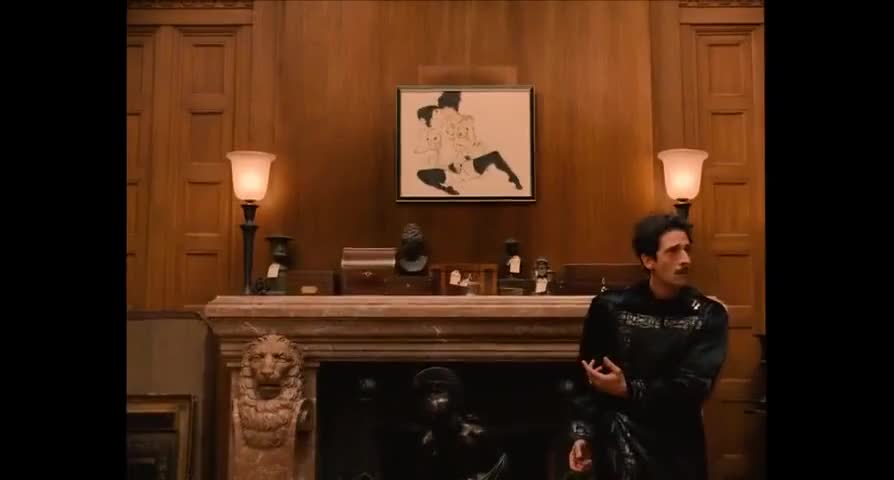
10
New cards
Moments Where Patterns are Broken (Grand Budapest Hotel)
* Sometimes Anderson plays with our expectations
* Variations in style (usually) indicate narrative significance
* Variations in style (usually) indicate narrative significance
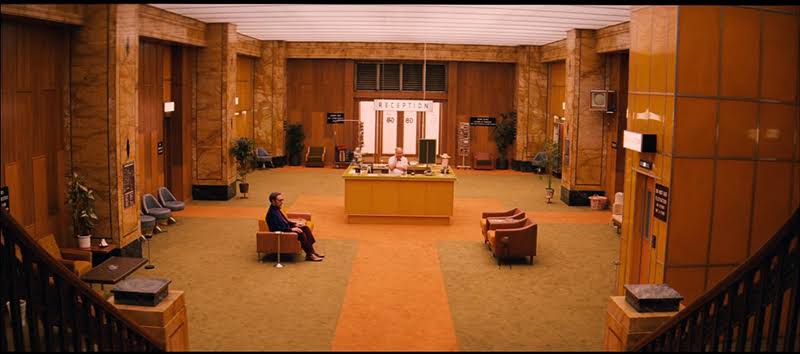
11
New cards
Framing (Cinematography)
The position from which the camera films images
12
New cards
Aspect Ratio (Cinematography - Framing)
The ratio of frame width to frame height
13
New cards
Academy Ratio (1.37:1) (Cinematography - Framing - Aspect Ratio)
In Grand Budapest Hotel, aspect ratio changes with time period (1932 flashback: 1.37:1 - academy ratio)
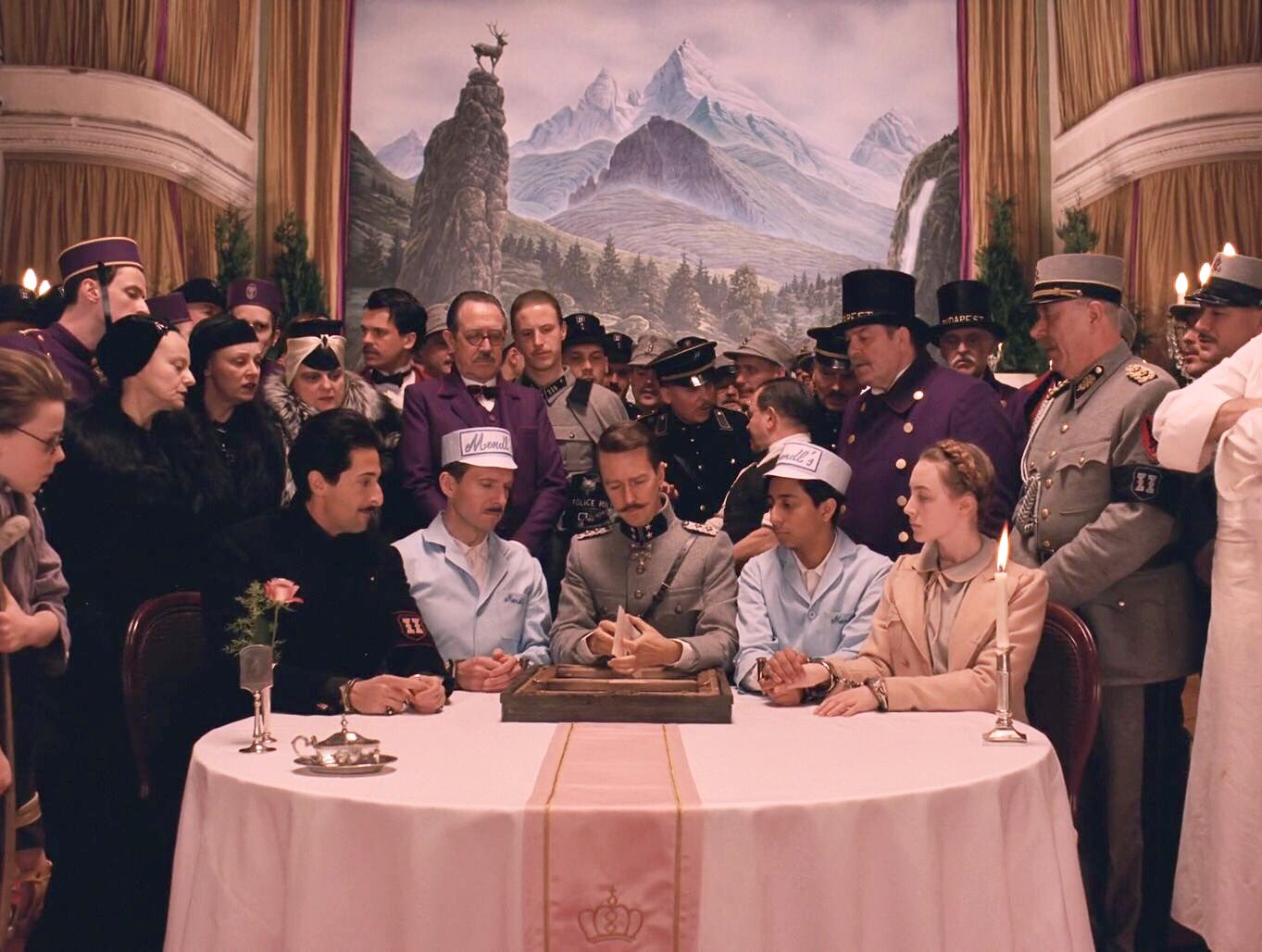
14
New cards
1985 Frame Story (1.85:1) (Cinematography - Framing - Aspect Ratio)
Used to tell the story from the reader’s perspective
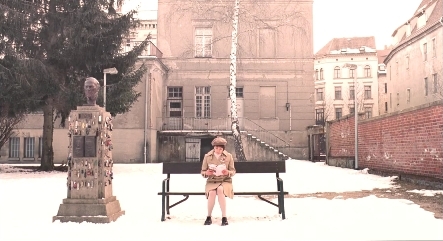
15
New cards
Anamorphic Widescreen (2.35:1) (Cinematography - Framing - Aspect Ratio)
Frame edges in anamorphic widescreen
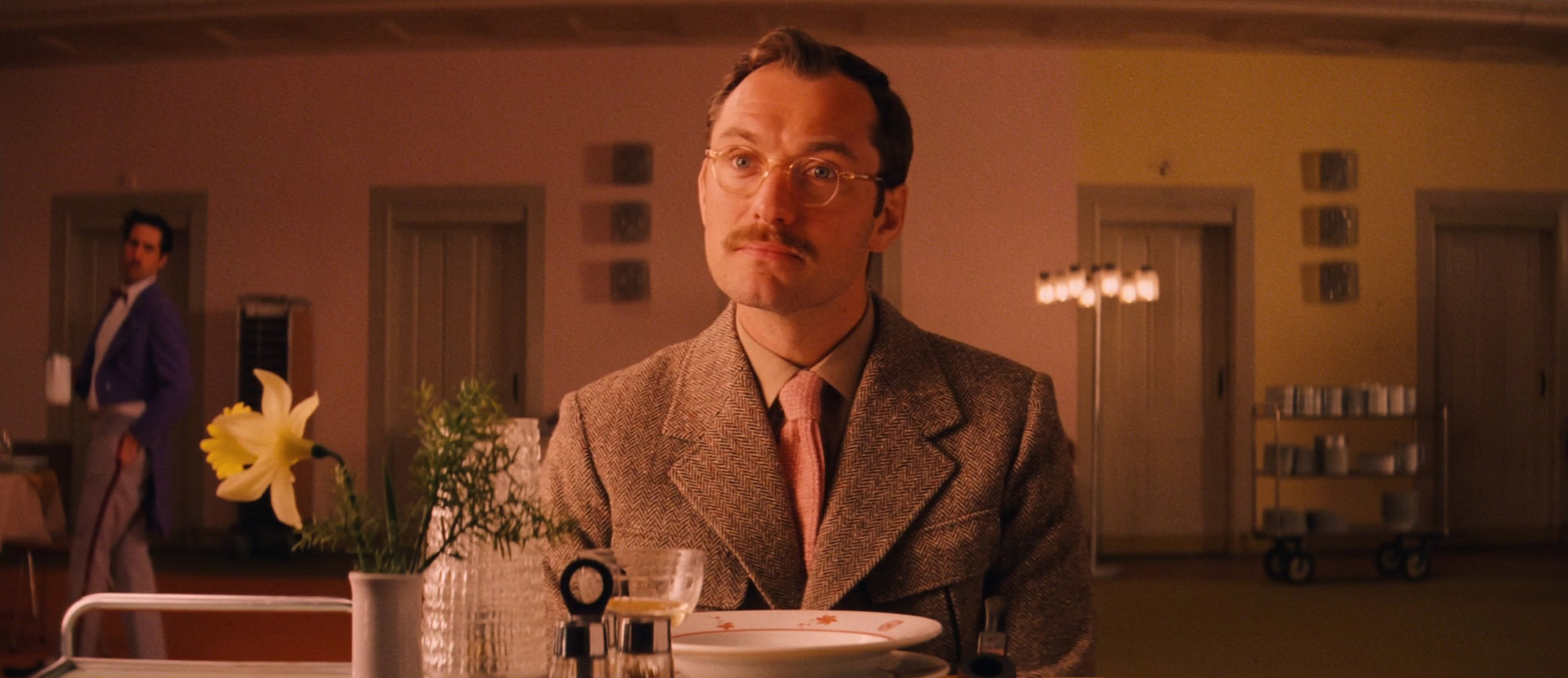
16
New cards
Mobile Frame
The way in which the frame can move during the shot
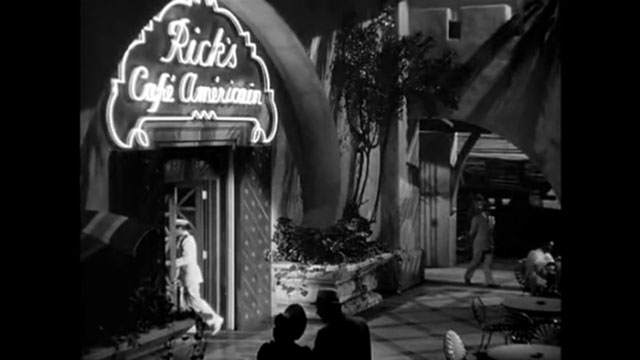
17
New cards
Mobile Frame - Pan
Camera rotates side to side
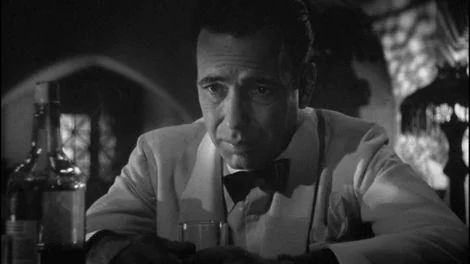
18
New cards
Mobile Frame - Whip-pan
A very fast pan
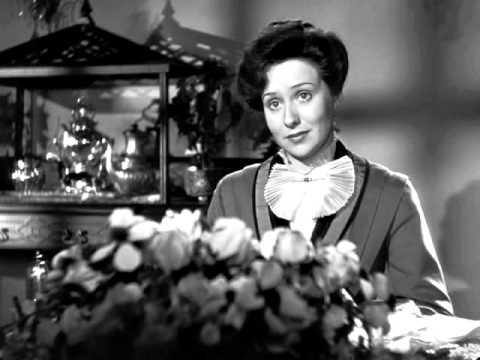
19
New cards
Mobile Frame - Tilt
Camera swivels up-down
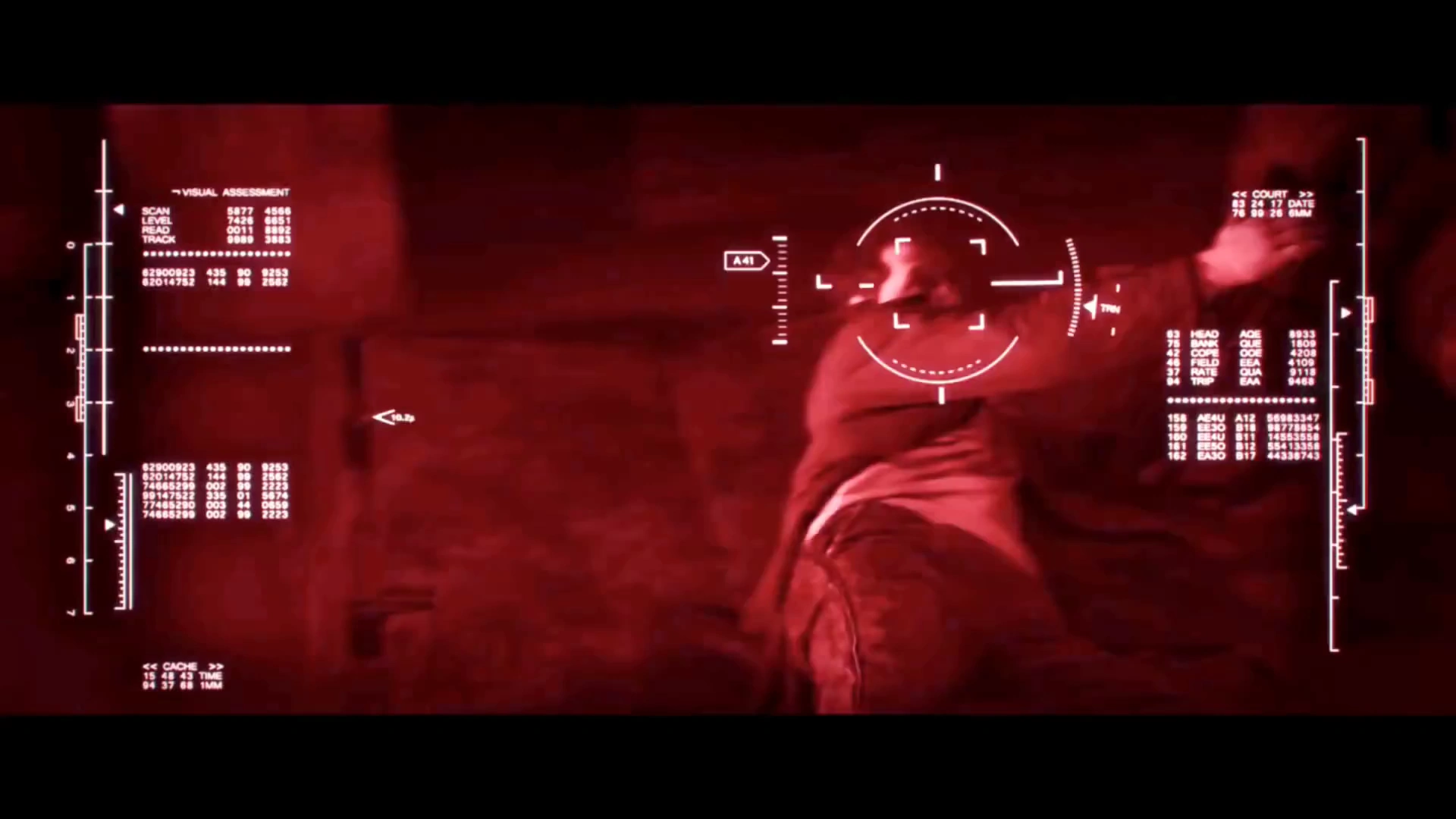
20
New cards
Mobile Frame - Tracking Shot
Camera moves along the ground (forward, backward, left, right)
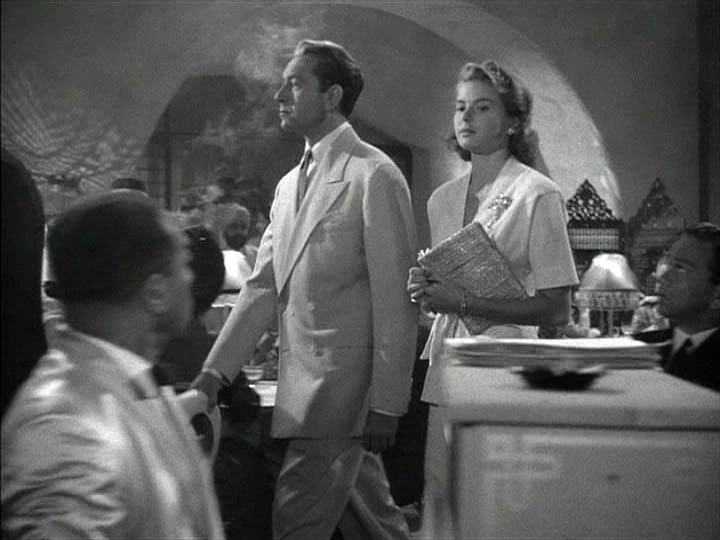
21
New cards
Mobile Frame - Tracking Shot - Steadicam
Steadicam is more common and called either tracking or dolly shot
22
New cards
Mobile Frame - Tracking Shot - Handheld Shot
Camera is supported only by hands, body
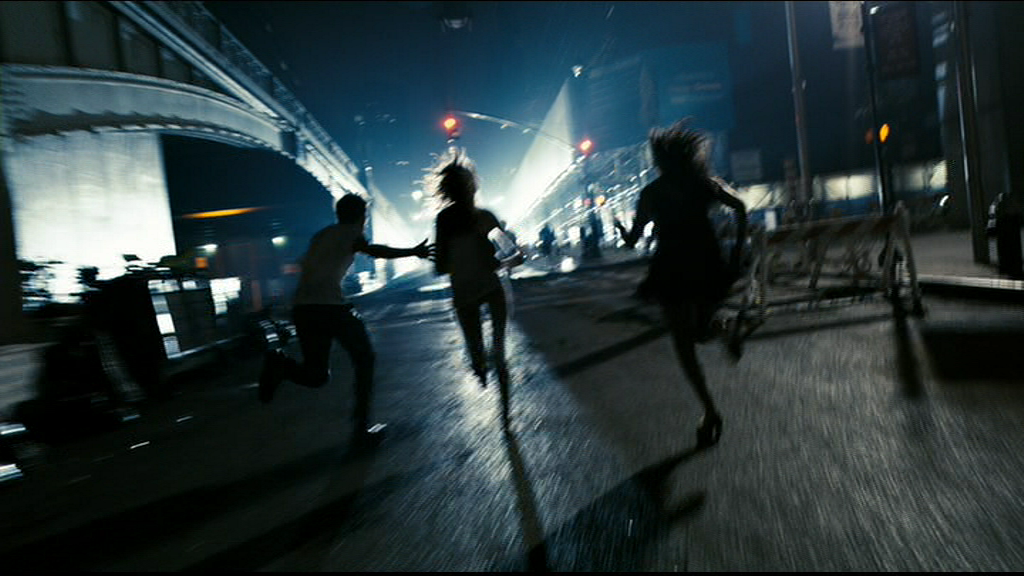
23
New cards
Mobile Frame - Crane Shot
Camera moves above ground-level, rising or descending
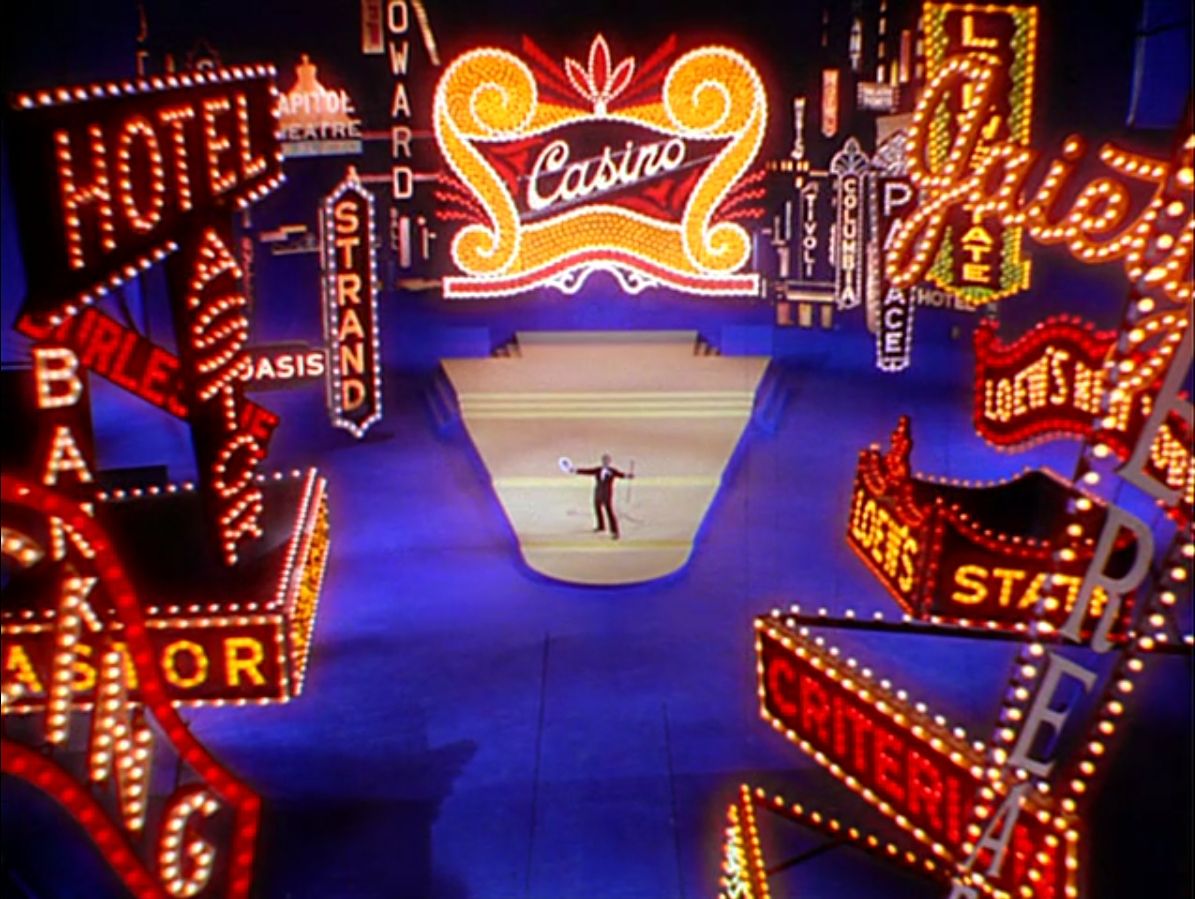
24
New cards
Retrograde Zoom
Zoom Out + Track In (or vice versa)
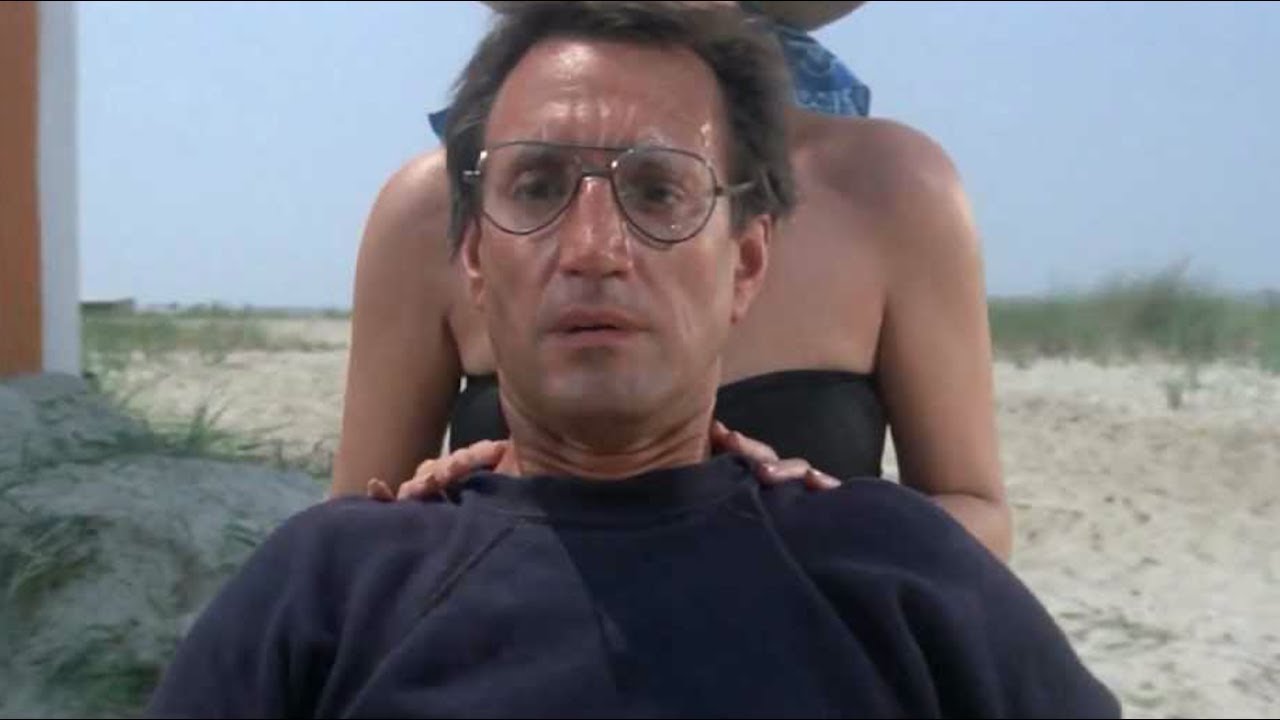
25
New cards
Reframing
Slight camera movements to keep figures in a shot
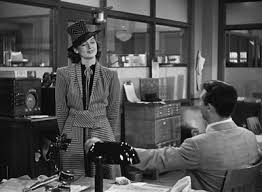
26
New cards
Following Shot
Frame moves to follow a figure
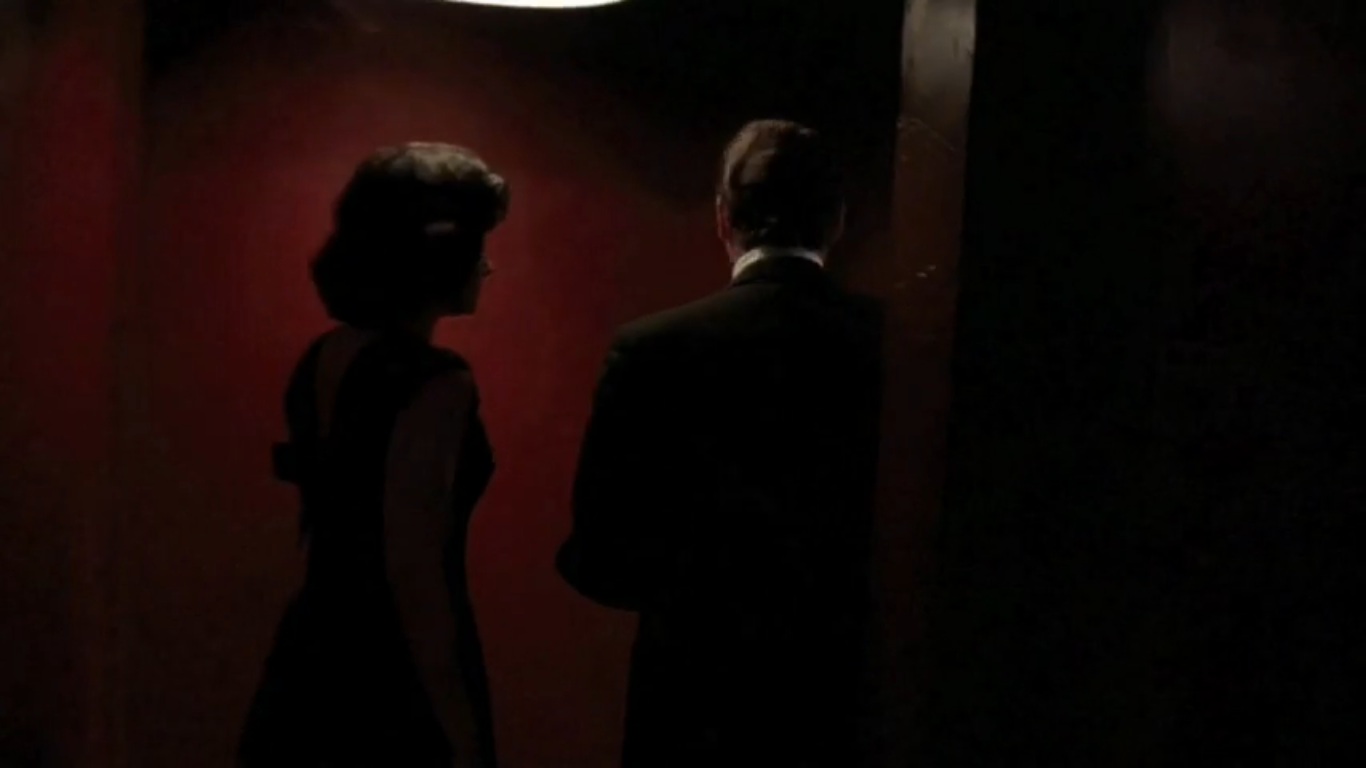
27
New cards
Long Take
An unusually lengthy shot
* average shot length today: 3-6 seconds
* average shot length today: 3-6 seconds
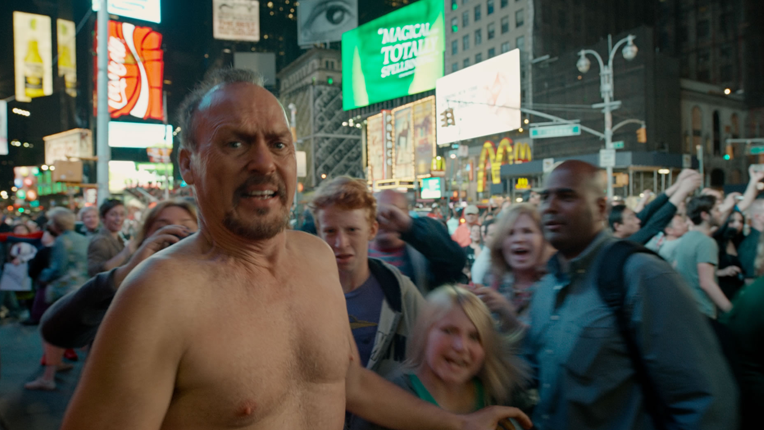
28
New cards
Onscreen VS Off-screen Space
Off-screen Space:
* four edges of frame
* area behind the set
* area behind the camera
* contributing to unlikely/impossible action
* creates a whirlwind fighting technique
* four edges of frame
* area behind the set
* area behind the camera
* contributing to unlikely/impossible action
* creates a whirlwind fighting technique
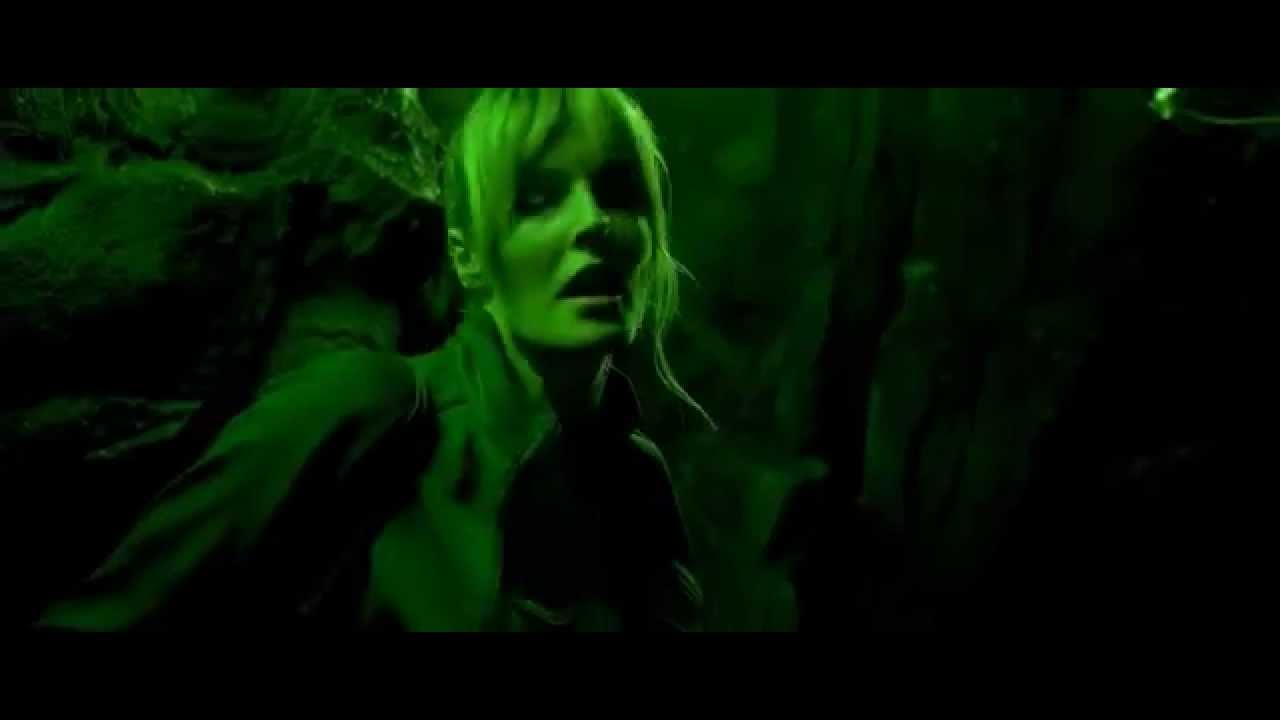
29
New cards
The Diving Bell and the Butterfly - Perceptual Subjectivity
Access to what a character sees or hears
* conveys his trauma, claustrophobia
* point-of-view shots/optical perspective
* distorted images/sounds for altered states (alcohol/drugs)
* sound perspective: we hear what the character hears
* conveys his trauma, claustrophobia
* point-of-view shots/optical perspective
* distorted images/sounds for altered states (alcohol/drugs)
* sound perspective: we hear what the character hears
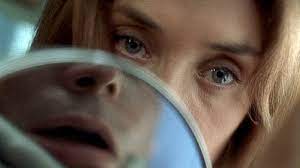
30
New cards
The Diving Bell and the Butterfly - Mental Subjectivity
We can hear or see a character’s thoughts
* dream sequences, voiceover narration, flashbacks
* increased access to mental subjectivity once Jean-Do opens his mind (freeing of the film’s style
* dream sequences, voiceover narration, flashbacks
* increased access to mental subjectivity once Jean-Do opens his mind (freeing of the film’s style
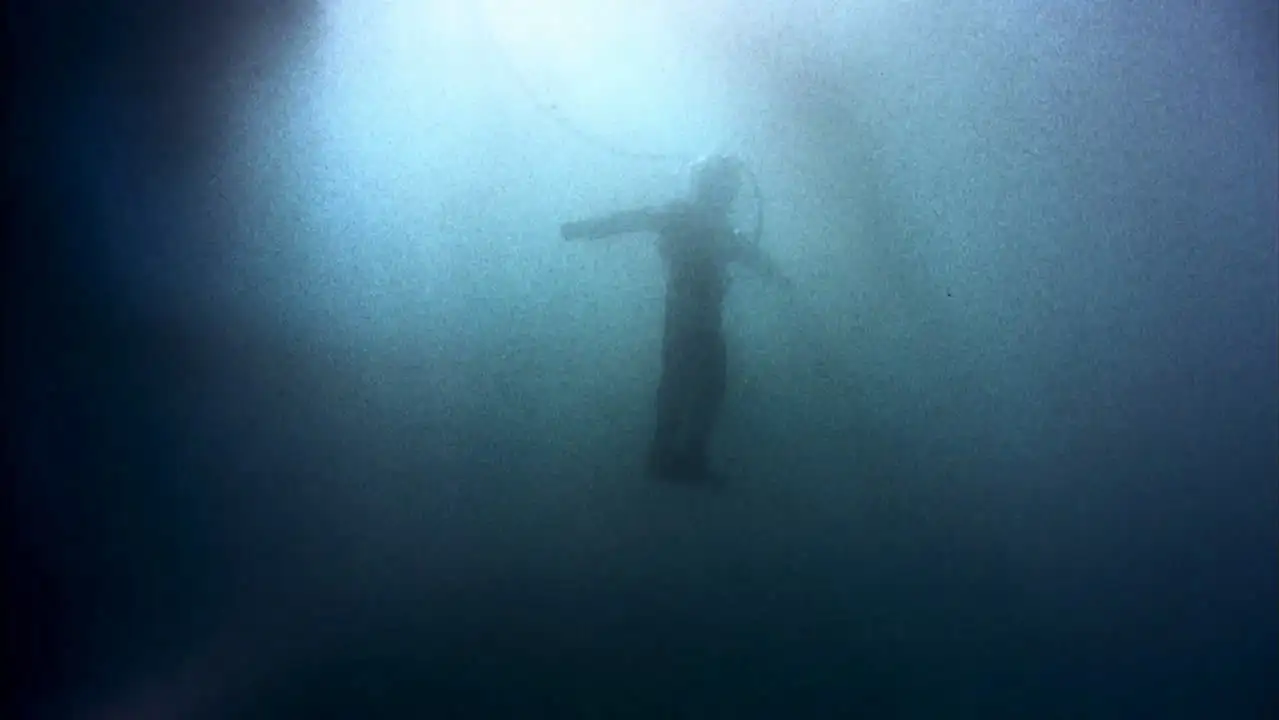
31
New cards
The Diving Bell and the Butterfly - Image Distortion
Cinematography indicates optical perspective
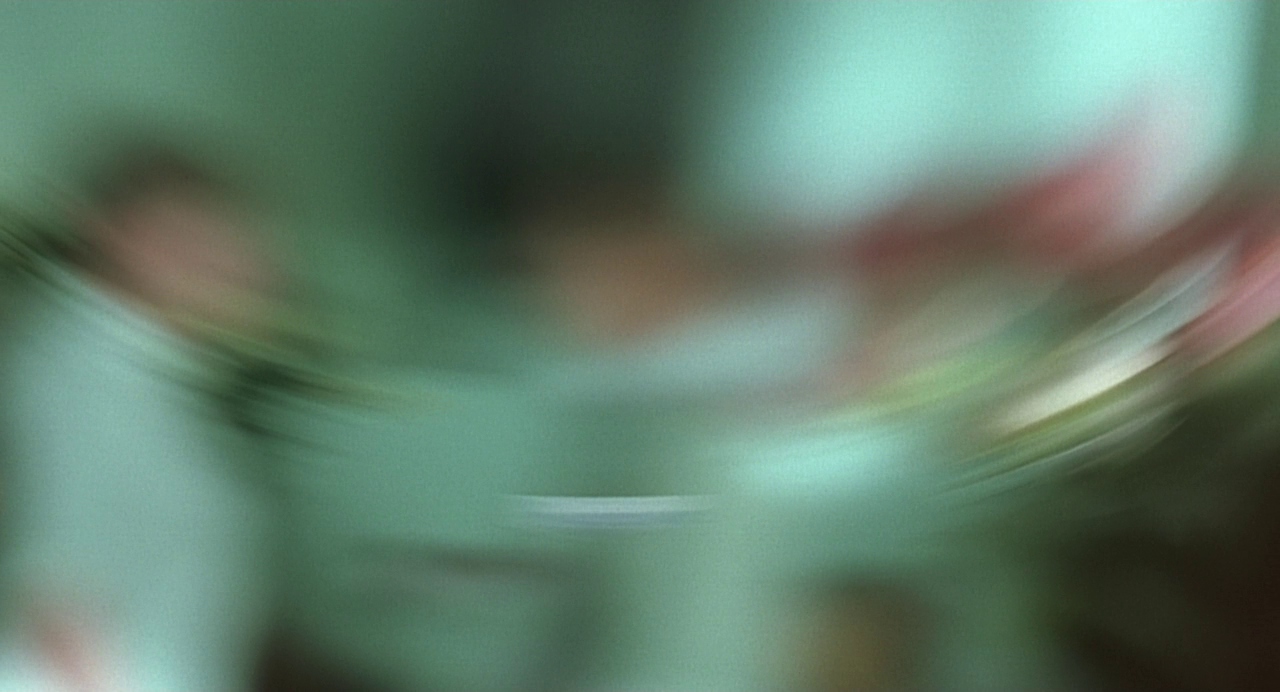
32
New cards
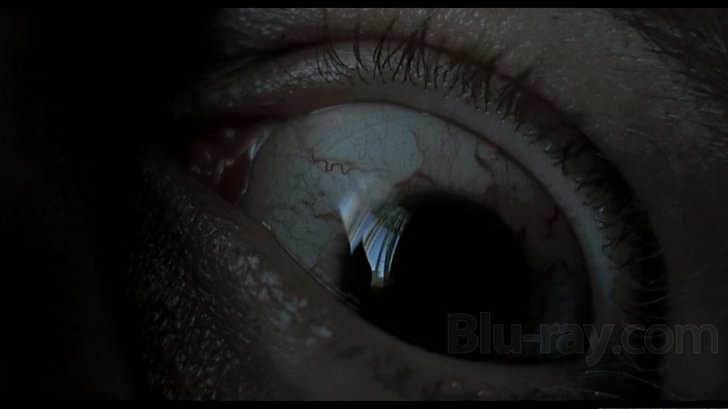
We see characters’ external behavior and other events
* first objective view of Jean-Do
* first objective view of Jean-Do
The Diving Bell and the Butterfly - Objective Imagery
33
New cards
The Diving Bell and the Butterfly - Patterns in Perceptual Subjectivity
Cinematography conveys difficulty of living with his condition
* conveys his lack of body control
* conveys his lack of body control
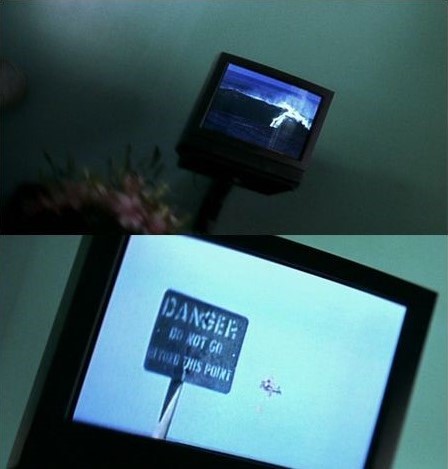
34
New cards
**The Diving Bell and the Butterfly - Patterns in Mental Subjectivity**
* brief glimpses
* more sustained sequences
* big burst for epiphany
* more sustained sequences
* big burst for epiphany
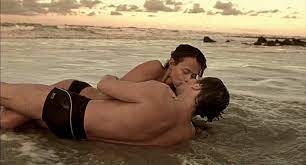
35
New cards
The Diving Bell and the Butterfly - Flashbacks
The plot shows an event that happened earlier in the story
* longer indulgences in flashbacks
* being nostalgic
* new perspectives on a memory
* allows us to compare him pre- and post-stroke
* longer indulgences in flashbacks
* being nostalgic
* new perspectives on a memory
* allows us to compare him pre- and post-stroke
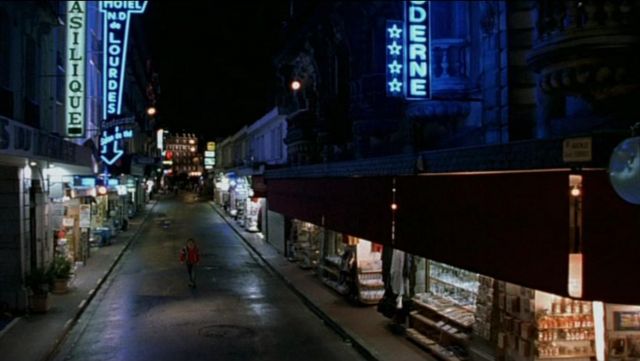
36
New cards
Editing - Cut
Shot A instantaneously replaces Shot B
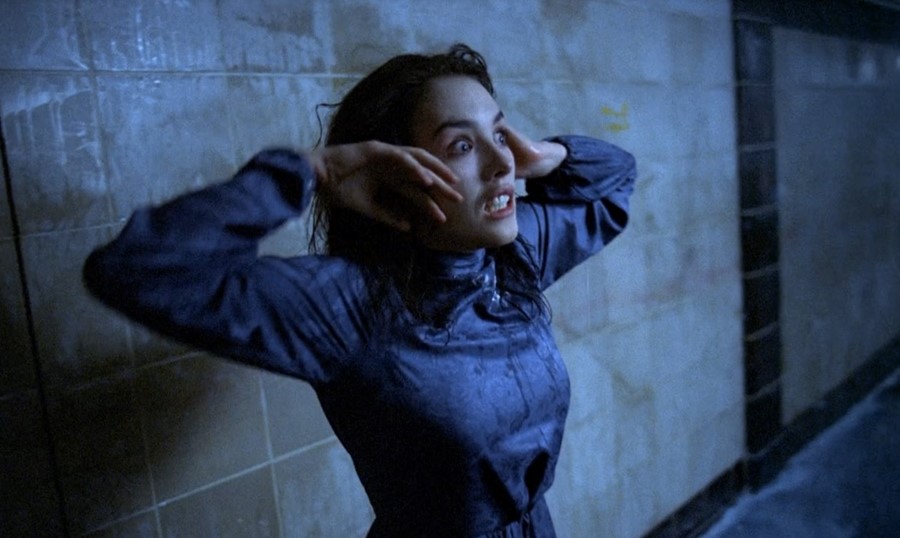
37
New cards
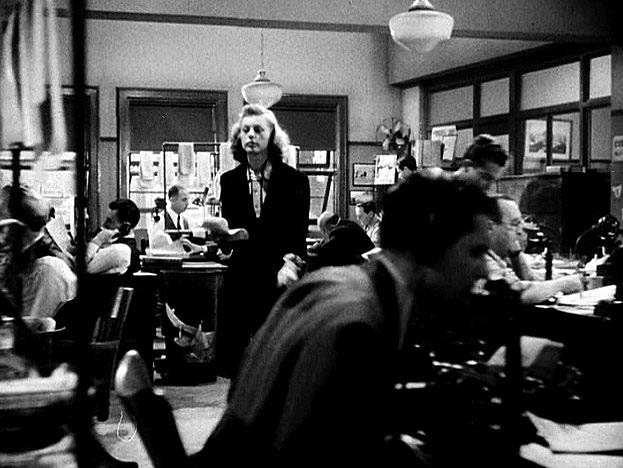
Editing - Fade-in/Fade-out
Fade-in: lightening from black to an image
Fade-out: darkening a shot to black
Fade-out: darkening a shot to black
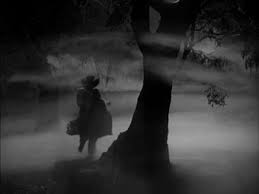
38
New cards
Editing - Dissolve
Shot A gradually replaces/is replaced by Shot B
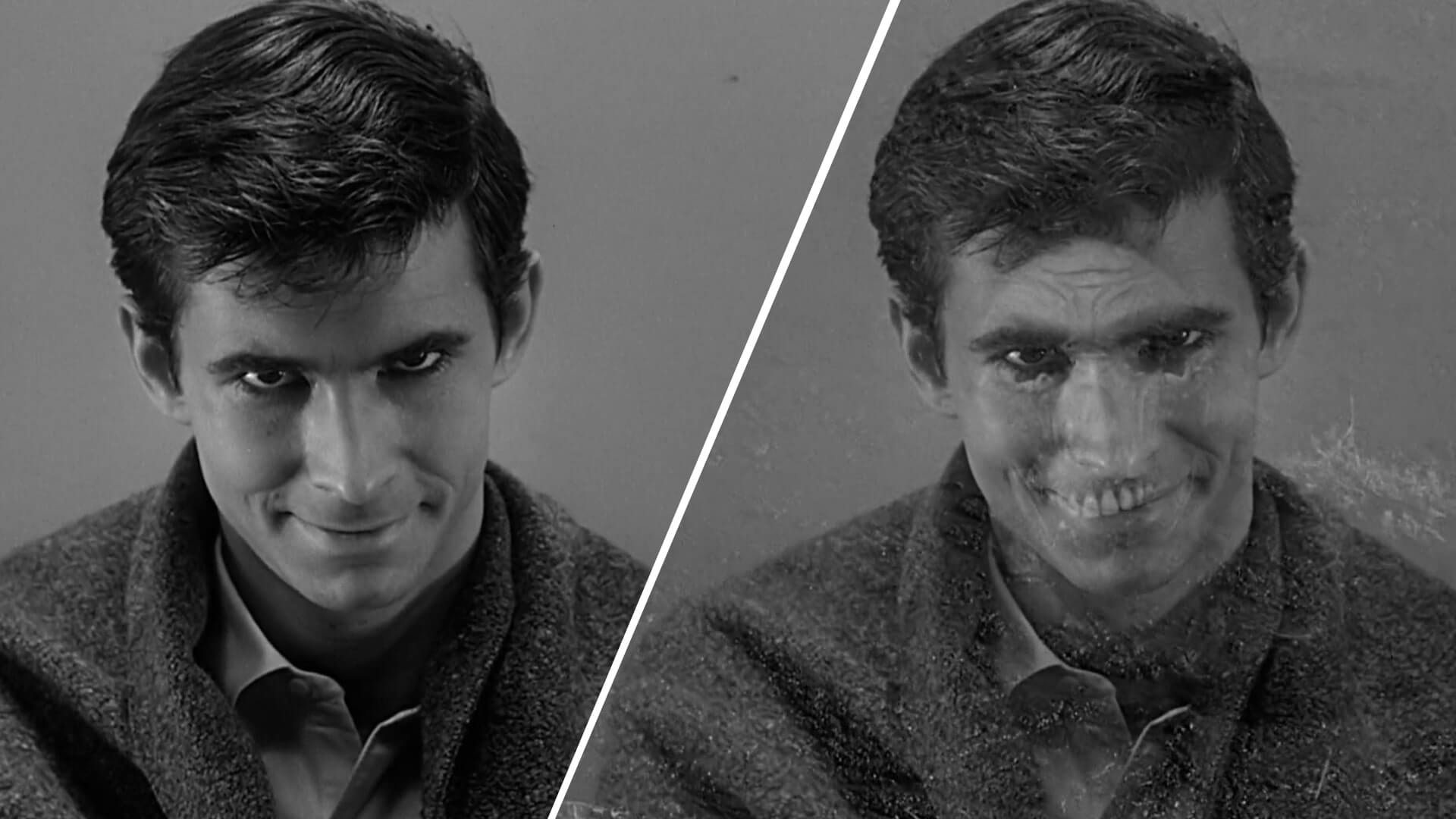
39
New cards
Editing - Wipe
Shot B gradually replaces Shot A by moving across it
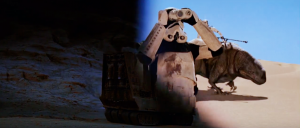
40
New cards
Graphic Relations Between Shots
The purely pictorial similarities/differences between two shots
41
New cards
Graphic Relations Between Shots - Graphic Match
The compositional qualities between two shots are very similar
* shapes
* colors
* overall
* composition
* shapes
* colors
* overall
* composition
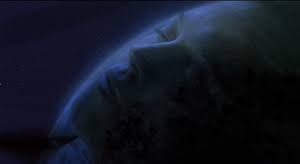
42
New cards
Graphic Relations Between Shots - Graphic Discontinuity
Adjacent shots contain drastic pictorial differences
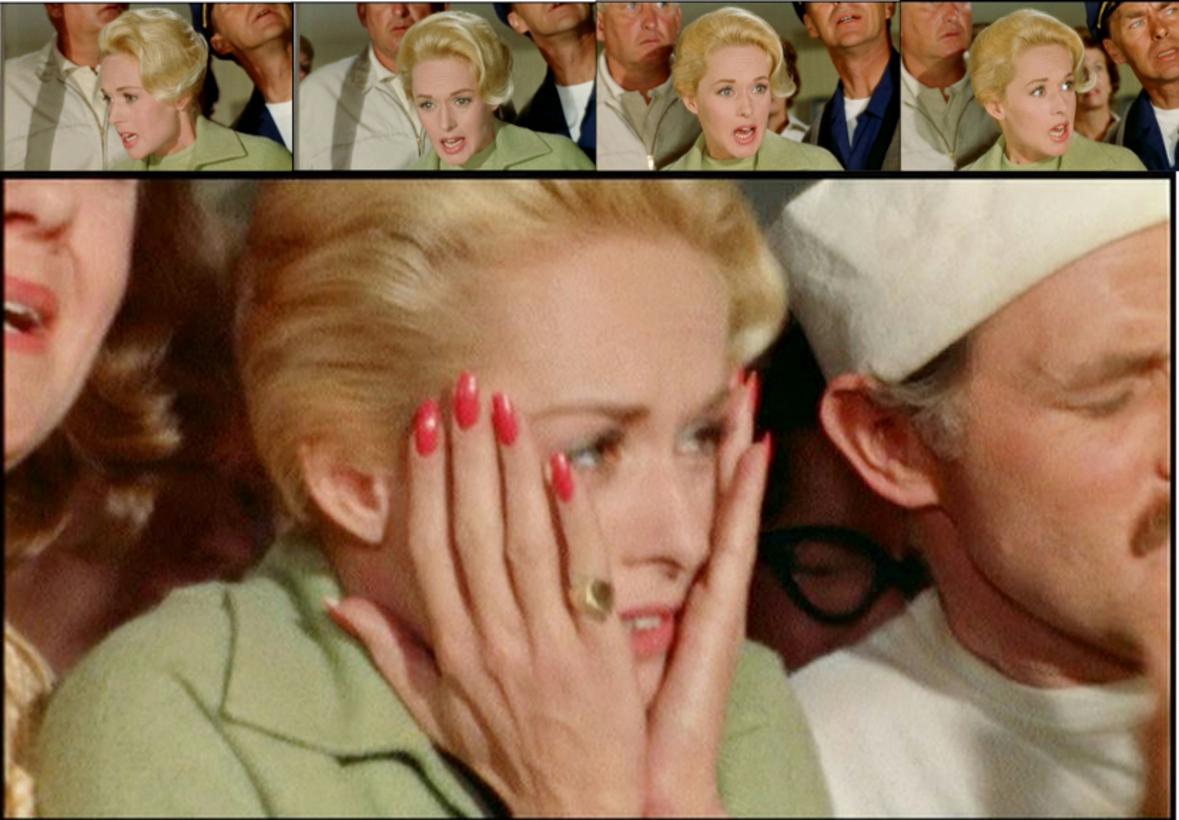
43
New cards
Rhythmic Relations Between Shots
The length of shots in length to one another
* effects story tempo/pace
* effects story tempo/pace
44
New cards
Spatial Relations Between Shots
* connected spaces often implied by separate images
* spatial wholes can be inferred from component parts
* spatial wholes can be inferred from component parts
45
New cards
Spatial Relations Between Shots - Kuleshov Effect
Any series of shots which (in the absence of an establishing shot) prompts viewers to infer a spatial whole from only portions of the space
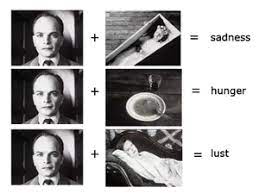
46
New cards
Spatial Relations Between Shots - Crosscutting
Alternating between two (or more) simultaneous lines of action
* Can create suspense, parallels
* Can create suspense, parallels
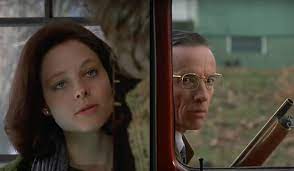
47
New cards
Temporal Relations Between Shots
Plot’s manipulation of story time (order, duration, frequency)
48
New cards
Temporal Relations Between Shots - Flashback
The plot shows an event that happened earlier in the story
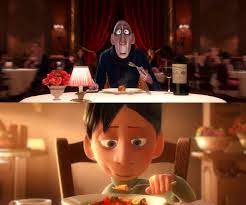
49
New cards
Temporal Relations Between Shots - Flash-forward
Plot shows a future event, then returns to the present (rare)
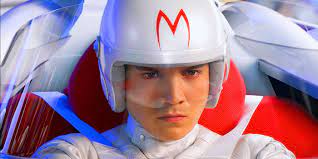
50
New cards
Temporal Relations Between Shots - Ellipsis
The plot skips over a part of the story
* wipes or dissolves
* empty images before/after a cut
* cut away briefly to another event
* wipes or dissolves
* empty images before/after a cut
* cut away briefly to another event
51
New cards
Temporal Relations Between Shots - Montage Sequence
Condensing long periods of story time into brief screen time
52
New cards